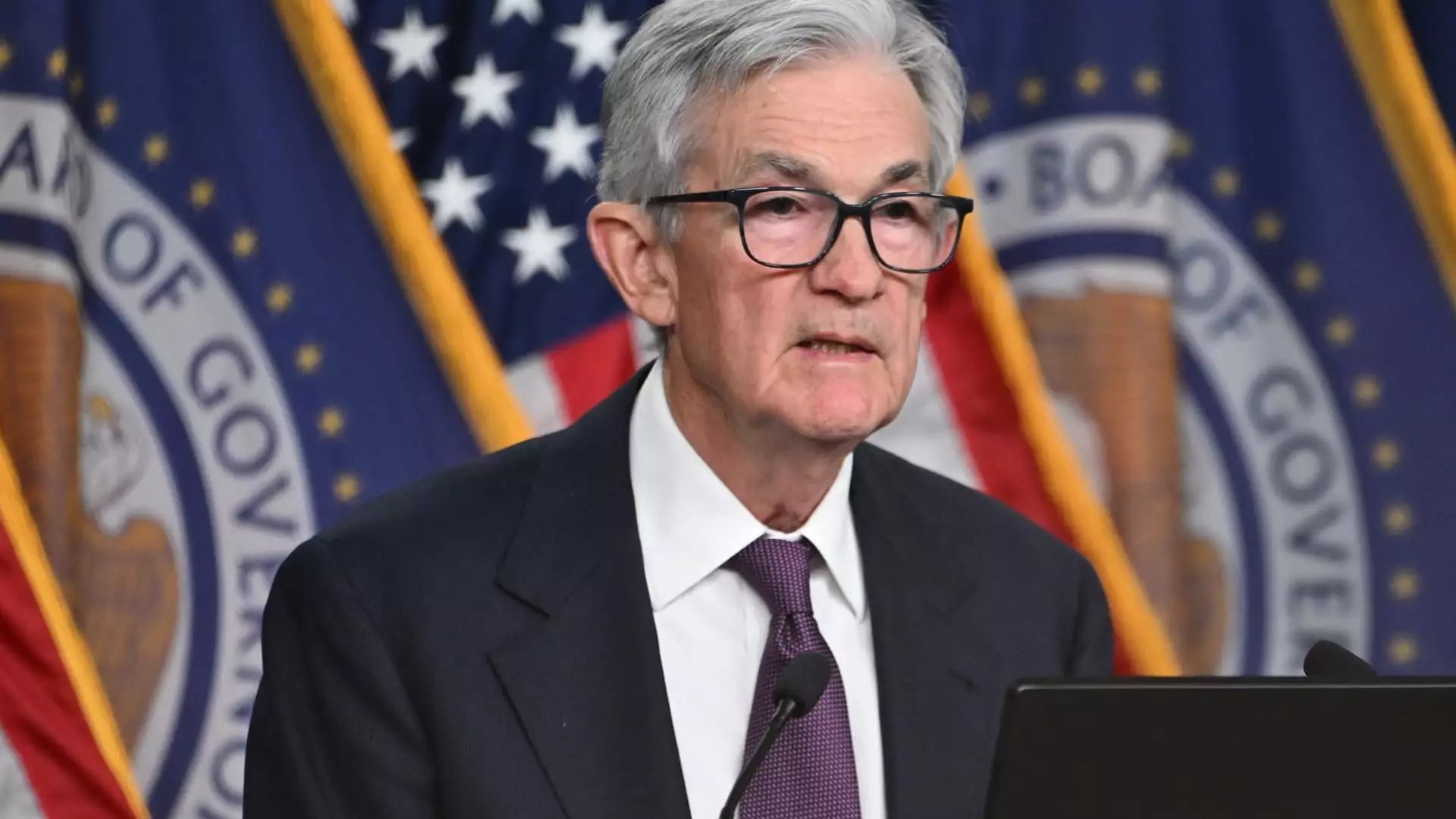The Federal Reserve’s recent decision to lower its key interest rate by a quarter percentage point has stirred discussions across financial markets and economic circles. This move, the third consecutive cut, highlights the complexities of current economic conditions, combining a mix of robust economic growth with persistent inflation. This article delves into the implications of these rate adjustments, the underlying economic environment, and the forward-looking stance of the Federal Reserve.
On Wednesday, the Federal Open Market Committee (FOMC) set the overnight borrowing rate within a target range of 4.25% to 4.5%. This decision revert to levels seen in December 2022 when the Fed embarked on a trajectory of increasing rates to combat inflation. What makes this cut remarkable is not just the action itself, but the cautious tone embedded in the Fed’s comments about the future—indicating a deliberative approach rather than a blanket commitment to further cuts.
The lower interest rates are generally perceived as a tool to stimulate economic growth by reducing borrowing costs for individuals and businesses. However, the persistent inflation, which remains above the Fed’s target, complicates the picture. With inflation wrested between 2.4% and 2.8%, efforts to balance monetary easing against rising price levels present a tricky challenge for policymakers.
The Committee’s Future Outlook
In its post-meeting remarks, Fed Chairman Jerome Powell signaled that the FOMC anticipates only a couple more cuts in 2025, which reflect a tempered outlook compared to September’s projections. This cautious adjustment also illustrates the committee’s growing concern about the sustainability of an expansionary monetary strategy amidst solid GDP growth despite the contradictory signals presented by inflation data.
The Fed’s adjustments to the so-called “dot plot,” which reflects individual members’ future rate expectations, reveal a shift in the committee’s long-range economic projections. A maintained “neutral” funds rate at 3% highlights a slight inclination towards a more accommodative stance, but the slower pace of anticipated cuts reflects a careful consideration of the economic landscape’s evolving nature.
The Fed’s announcement triggered a swift sell-off in equity markets, with the Dow Jones Industrial Average plummeting over 1,100 points, revealing a stark market response to the long-term implications of these cuts. In direct contrast to the policy-induced easing, Treasury yields experienced a sharp uptick, which has raised questions regarding market participants’ confidence in the Fed’s ability to execute a lasting impact on economic conditions.
Goldman Sachs noted that the recent language adjustments in the Fed’s statements hint at a more gradual approach to rate changes, suggesting that recent cuts may be less indicative of ongoing easing than previously understood. The financial markets now reflect uncertainty surrounding the future trajectory of rates, especially as the economy shows mixed signals—projected GDP growth revised upward to 2.5% for 2024 yet expected to slow to 1.8% thereafter, based on historical averages.
The evolving economic backdrop includes a declining unemployment rate, hovering around 4%, which further complicates the Fed’s decision-making process. Despite these promising indicators of a resilient labor market, Powell’s comments underscored ongoing caution surrounding inflationary pressures that remain stubbornly high despite growth.
Acknowledging the shifting dynamics, Powell reiterated that the committee intends to be methodical in their assessment of incoming economic data. This diligence is particularly important with uncertainties arising, such as potential impacts from future fiscal policies under an incoming administration. Observing the potential for turmoil from tariffs and tax alterations, it’s clear that the Fed is vigilant about external factors affecting their policy landscape.
The recent interest rate cut by the Federal Reserve reflects a nuanced approach to monetary policy in a complex economic environment. While the balance between stimulating growth and curbing inflation remains a pressing concern, the FOMC is taking measured steps towards adjusting its strategy. The slow pace of anticipated cuts exemplifies a broader understanding that responding too aggressively could risk destabilizing an economy that exhibits both strengths and vulnerabilities.
As we continue through an evolving financial landscape, the Fed’s commitment to transparency in communication and caution in policy shifts will be critical in guiding both market expectations and economic stability moving forward. The ultimate challenge lies in navigating these intertwined relationships of inflation, growth, and potential market reactions in the years ahead.

Leave a Reply